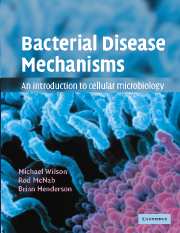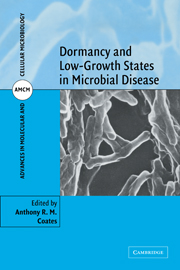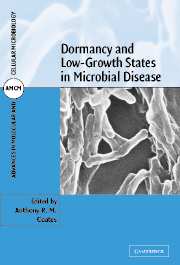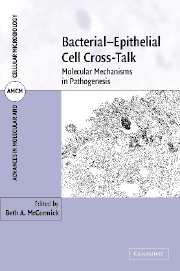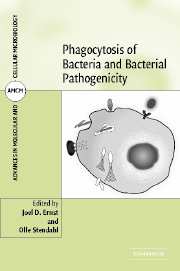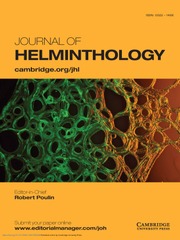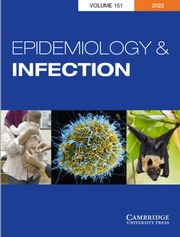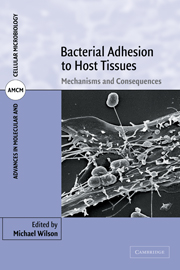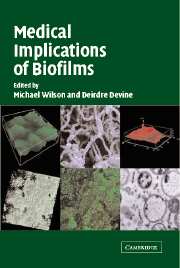Bacterial Disease Mechanisms
Antibiotic resistance and our consequent inability to treat many bacterial infections had fuelled an urgent need to understand the means by which bacteria cause disease. This has lead to a renaissance in research into bacterial disease mechanisms and the birth of a new discipline - cellular microbiology. The fruits of such research and how they have lead to an alternative perspective on bacteria-host interactions are described in this introductory textbook. The central premise is that bacteria have evolved means of manipulating normal host cell functions and overcoming host defence systems to ensure their survival. As well as offering an interesting perspective on the classical bacterial virulence mechanisms, this book outlines the molecular techniques developed to unravel the complexity of bacteria-host interactions. Research may lead not only to a better understanding of disease mechanisms, but also to alternative means of preventing and/or treating bacterial infections.
- Offers an interesting perspective on bacterial disease mechanisms and includes sections on many aspects not featured in other textbooks, as well as molecular techniques and future trends
- Each chapter includes a summary and list of aims, a checklist of key concepts, a list of Internet links and further reading and a 'What's next' section to lead the student into the next chapter
- Two paradigm organisms are used throughout the book to illustrate concepts described and a glossary is provided to aid understanding
Reviews & endorsements
'… it could also serve as a comprehensive reference book for researchers …' Trends in Immunology
'… well written and is no doubt a valuable addition. I would certainly recommend this book to undergraduates …' Biologist
'This book would be an extremely good text for a microbial pathogenesis course, especially for advanced undergraduates and graduate students. … it is written clearly enough that even the novice could understand the text. In fact, clarity is a major strength of the text. There is excellent … coverage of the cell and molecular biology of both bacteria and hosts. Overall, the text is very usefully organized, containing helpful adjuncts and appendices. Each chapter has a bibliography, which is both thorough and modern. In sum, I would score this book as a 'must' for anyone interested in the area of microbial pathogenesis.' Journal of Parasitology
'… a welcome teaching tool for introducing students to this rapidly growing field … thoughtful layout and clear presentation … it is clearly designed with the student in mind and offers numerous teaching tolls … overall, the authors do an impressive job.' Jeffery S. Cox, Cell
Product details
April 2002Paperback
9780521796897
692 pages
250 × 184 × 38 mm
1.22kg
267 b/w illus. 1 colour illus. 131 tables
Available
Table of Contents
- Preface
- Abbreviations used
- 1. An introduction to bacterial diseases
- 2. Bacterial cell biology
- 3. Molecular analysis of bacterial virulence mechanisms
- 4. Communication in infection
- 5. The mucosal surface: the front line of antibacterial defence
- 6. Immune defences against bacteria
- 7. Bacterial adhesion as a virulence mechanism
- 8. Bacterial invasion as a virulence mechanism
- 9. Bacterial exotoxins
- 10. Bacterial evasion of host defence mechanisms
- 11. Bacteria in human health and disease: the future?
- Appendix A. Glossary of terms used
- Appendix B. Brief descriptions of bacteria frequently mentioned
- Index.

